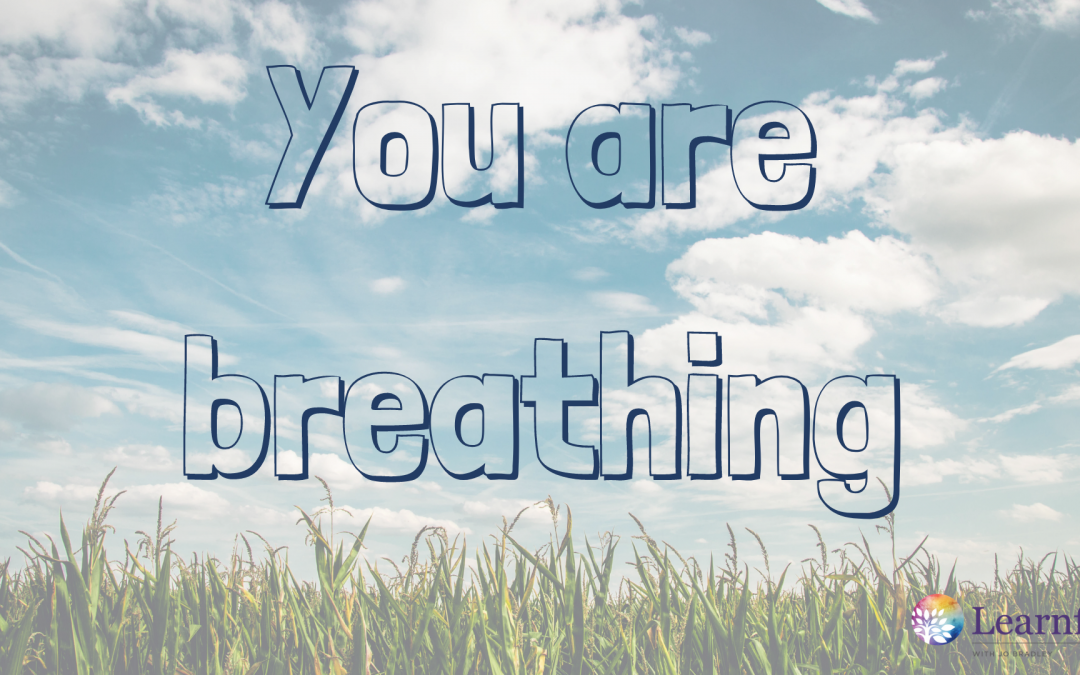Mindfulness isn’t a subject to be taught. It’s a subject to practice. Like swimming or riding a bike, there’s only so much observing and knowing you can do before you actually just have to have a go.
And to get good at it (or rather to notice transformation in yourself and your behaviours) you have to KEEP having a go.
Teachers, children, support staff, parents, SLT…yep, anyone can do it.
Mindful schools dedicate time and space for this practice. A little ‘formal’ practise each day provides the opportunity for developing self-awareness. Then, as self-awareness grows, the individuals start to ‘choose’ to live more mindfully whenever they want to. They start to use their personalised toolbox to calm themselves down, acknowledge their feelings, relax, forgive and be kind to themselves and others.
To help develop this practice and cultivate mindful habits, reminders in your classroom are powerful and effective.
They don’t have to be visual reminders. They can be props to feel, sounds to hear and scents to smell.
Visuals
Posters, display boards and screensavers.
Waiting? Take a mindful moment. PDF
You are breathing. Desktop Screensaver: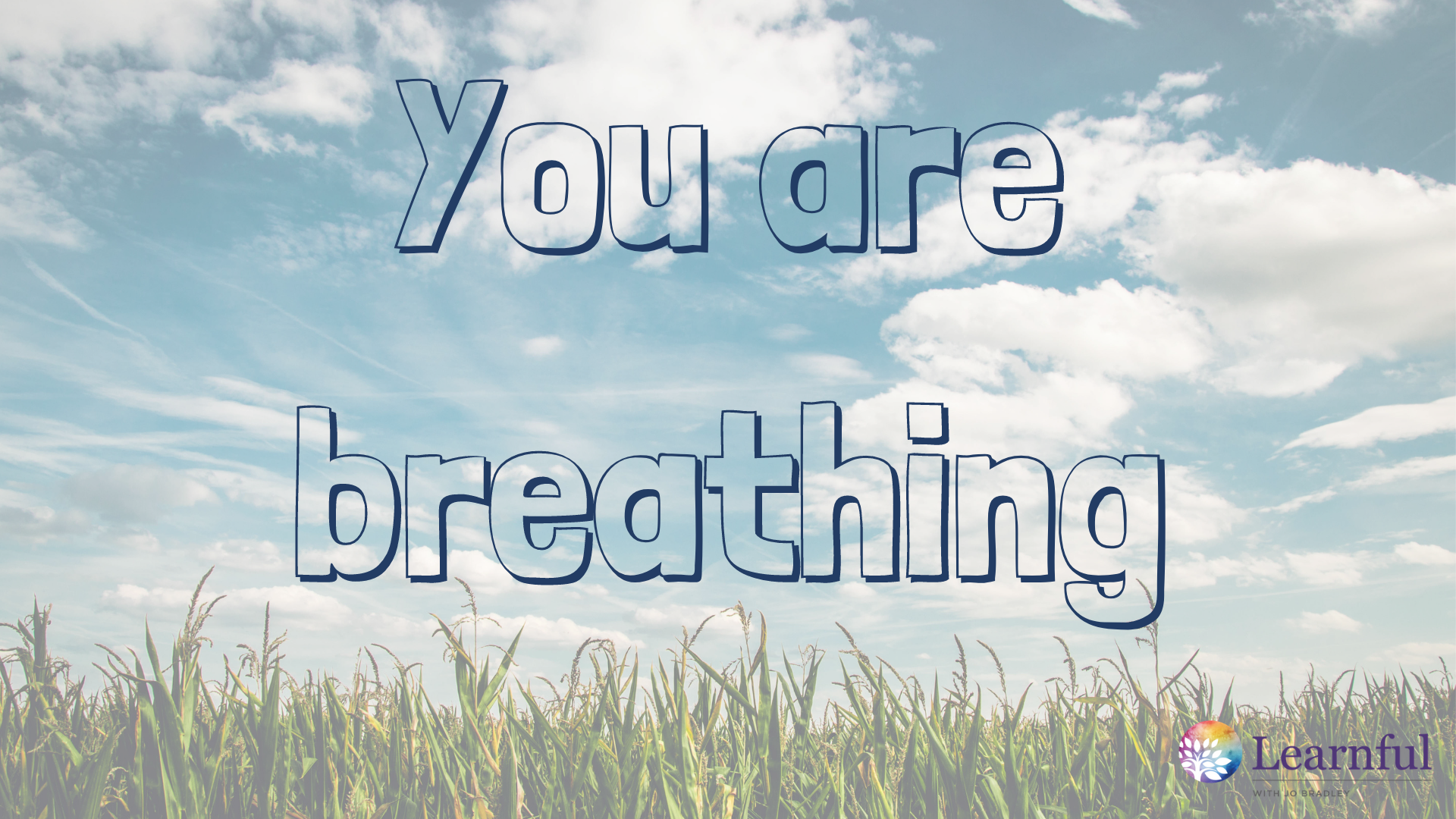
Sounds
A triangle, chime bar or sound file that you can easily access provide great focus for the mind and ears. Find an instrument with a lasting sound. Tibetan meditation/singing bowls produce a wonderful prolonged sound and can be a great science lesson when shown how they sing!
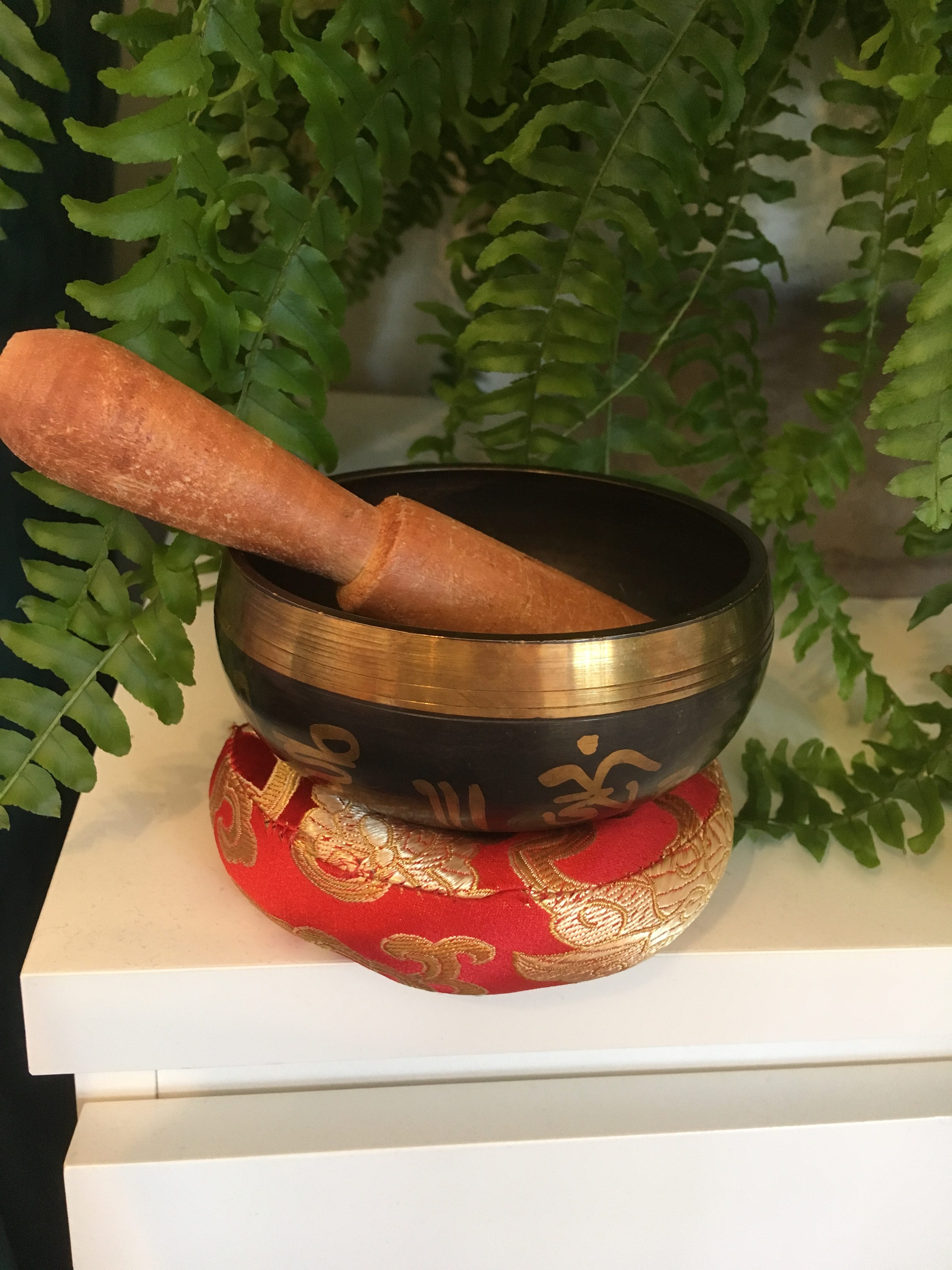
Sound Bowl
Provide headphones or a listening area in class with access to calming music. Try some music in your class and get your class to decide on the ones that work for them. Classical, pan pipes, sea sounds, natural sound effects.
Scents
Scented candles are obviously a no-no in schools but oil diffusers and scented room sprays may not be (check your school rules). Having a scent at certain times of the day such as mindful awareness time, reading time, after playtime, entering assembly for example, can be a great cue to calm. (School budgets are not likely to provide for this, so be aware you’ll be footing the bill). However, consider that this is also your space where you spend much of your time. If it helps you to feel happier and you’d do it at home, then bring a little piece of that to your classroom and savour it.
There are obviously natural (and free!) scents that may flow through your school. School dinners, cut grass, vehicle fumes or muck-spreading. Embrace them all and use them as focal point for paying attention to your sense of smell.
Mindful Classroom Props
Pinwheels – great for intentional breathing. Get some.
Items to stroke, touch and squeeze. Teddies, natural materials, sensory bags, boxes of beads. These are not just for EYFS and KS1. Tactile and malleable materials can help soothe and divert attention to a focused experience. FEEL the item.
Coloured feathers. Great for feeling and breathing.
Hoberman Sphere.Inhale and expand, exhale and contract. Beautifully simple and a cheap addition to your classroom.
A Glitter Jar. A must have for any primary classroom. Shake and watch the glitter settle. Use it as a teaching tool to demonstrate how emotions can cause chaos and with time, settle into calm.
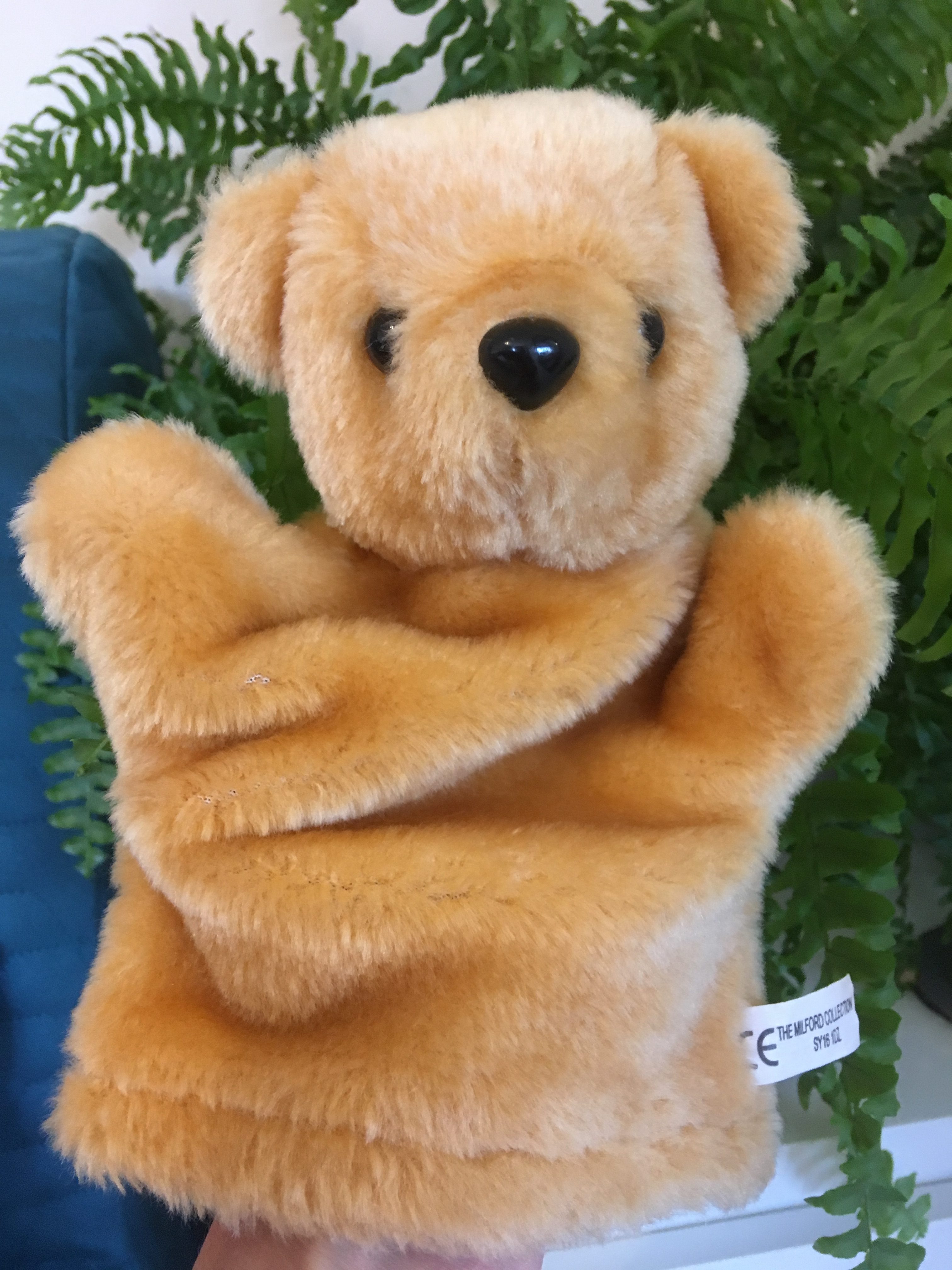
Tactile materials
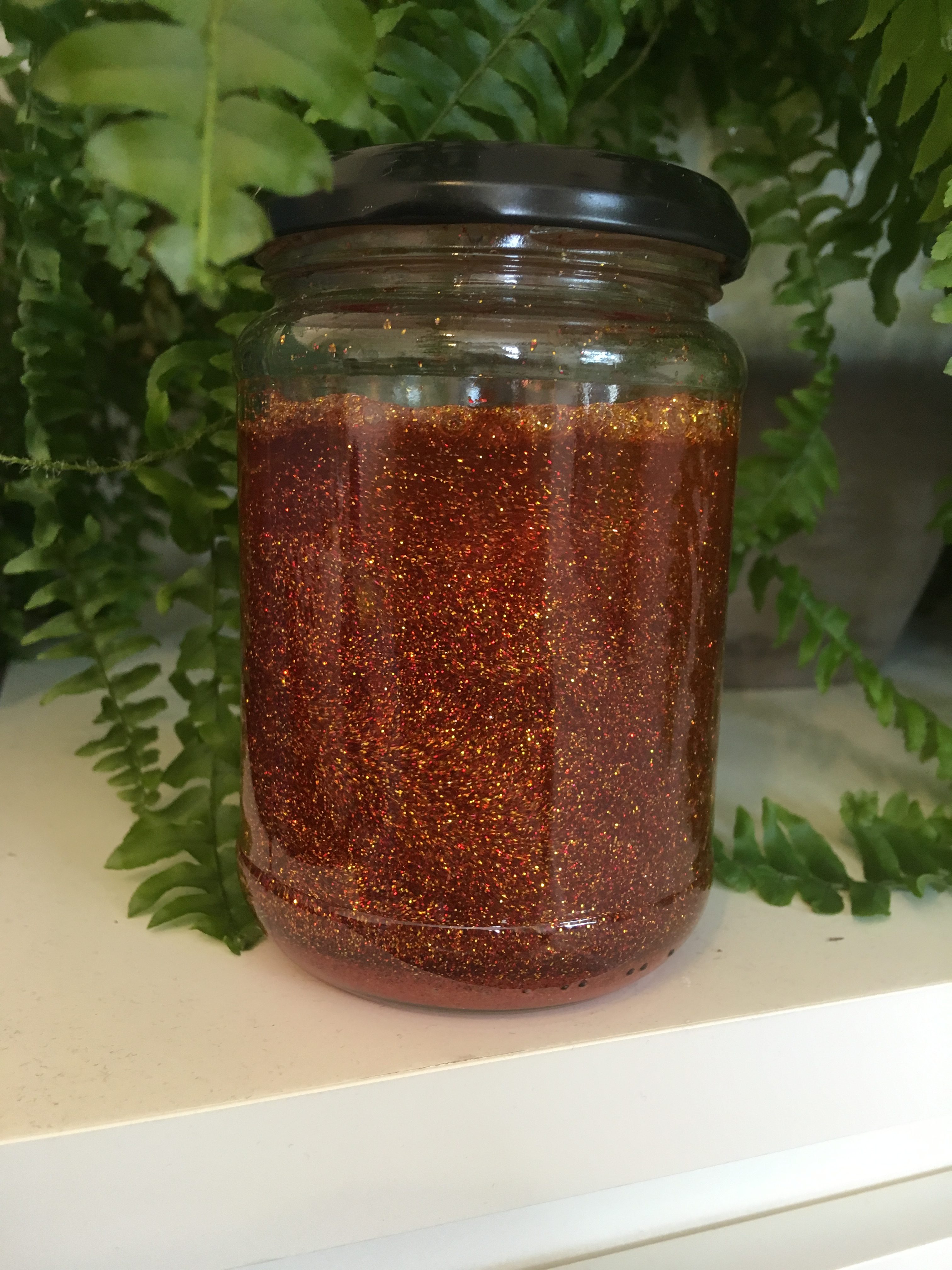
Glitter Jar
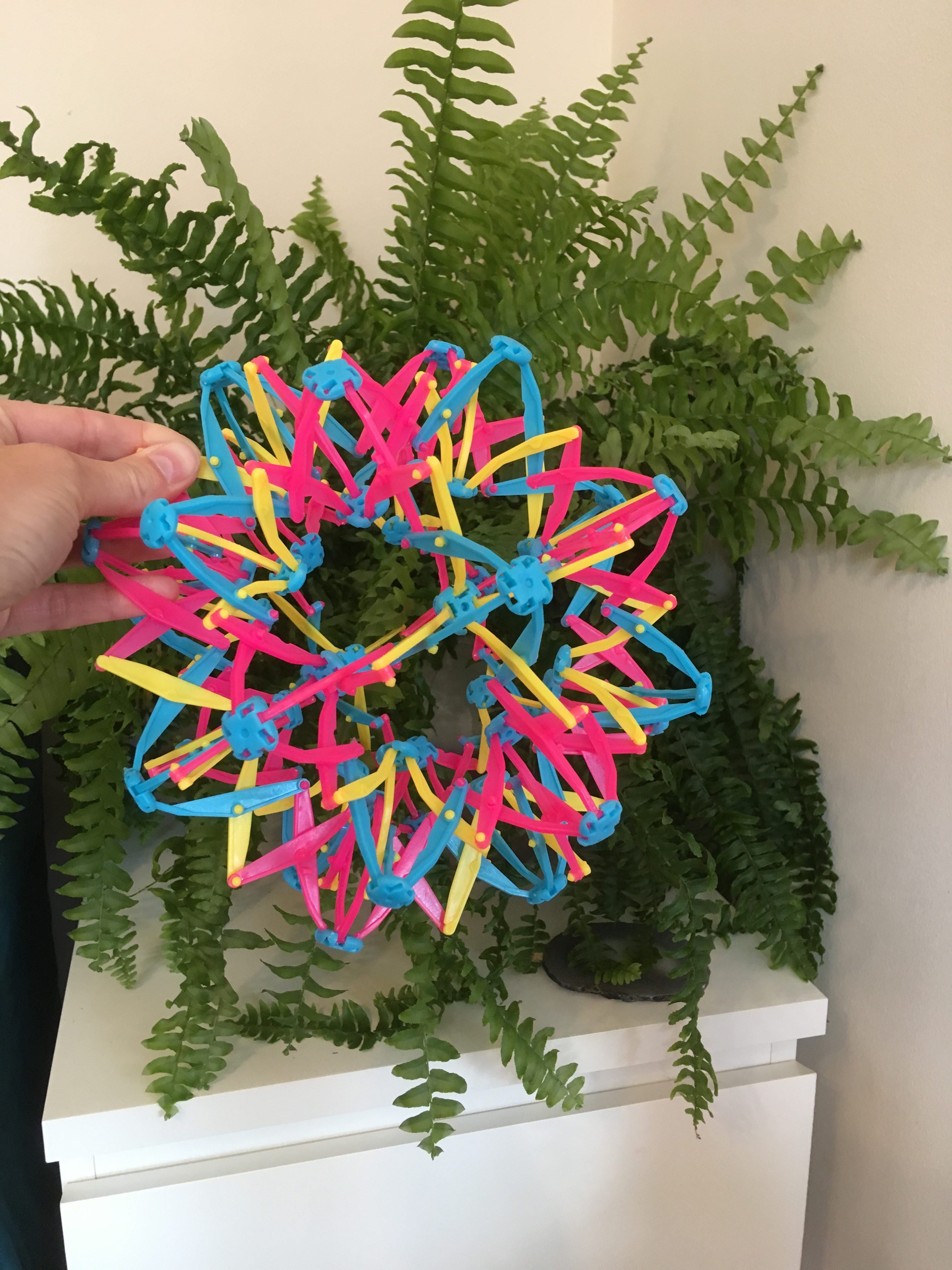
Hoberman Sphere
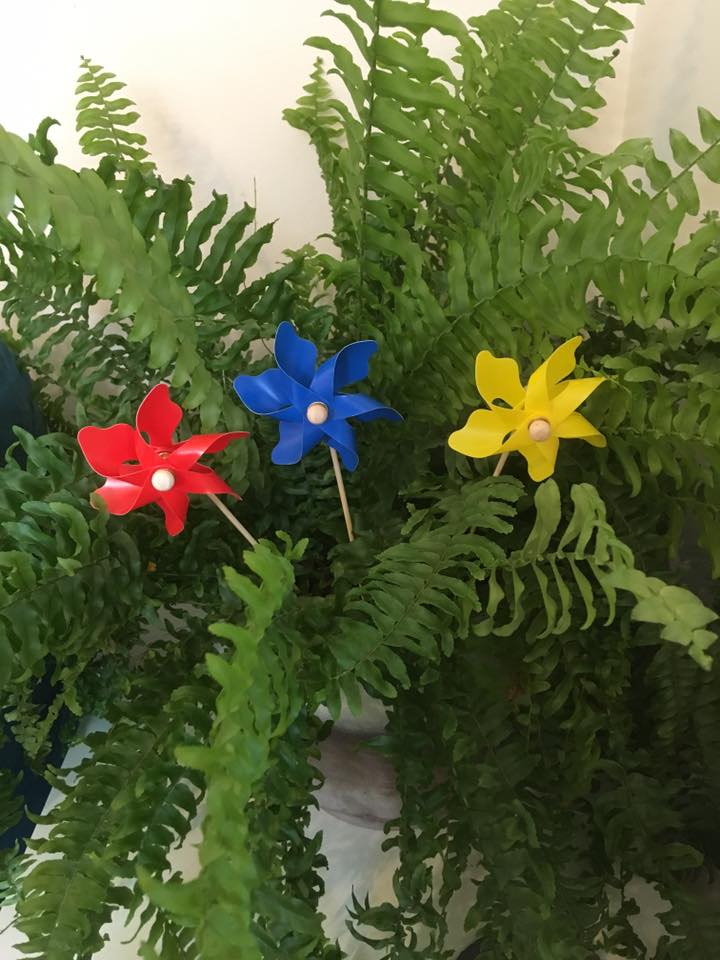
Pinwheels
If you’ve found this useful or have any questions about how to bring a mindfulness practice to your classroom, then do get in touch. I’d love to hear form you. jo@learnful.co.uk
More useful posts that may be of interest to you:
BLOG: Why asking children to concentrate isn’t enough
Parent Toolbox: For when pressure and worry become meltdown
Parent Toolbox: Mindful body awareness for younger children

